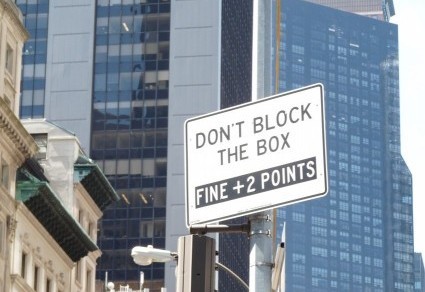I gnash my teeth whenever I see a restaurant or food store offering homemade pasta, pickles, or whatever. “Who lives here?” I want to ask the waiter or clerk. “Whose home am I eating or shopping in?” But of course I’m too inhibited to challenge someone nice enough to bring me food, even if the same person is overcharging me for my homemade meal. I say nothing and keep my very short, well-gnashed molars to myself.
What the restaurant or store means, of course, is exactly what this restaurant menu states:
Instead of homemade, this orecchiette dish contains house made sausage. (I’d hyphenate the description, but I’m not quibbling.) The sausage is not shipped in, dried or frozen, from a factory somewhere in an area of the country where there’s room to cook ten thousand meals at a time so they can be microwaved one by one in the postage-stamp sized kitchens New Yorkers put up with. The comment about the lasagna in the above menu is even better; the pasta sheets are house rolled. I would buy anything described so eloquently! And before you hop all over me for not noticing that a house can’t roll or make anything, remember metonymy, the figure of speech that allows a closely associated term to substitute for something else – for example, the Oval Office for the actions of the executive who works there.
Another term that pops up all this time is handmade. Check out this sign:
What beauty products await consumers inside this store? The sign implies that they are made on the spot, just for you, by a Luddite who shuns machinery. This scenario may even be accurate, though a recent court ruling – I kid you not! – held that handmade bourbon could legally be made with the help of machines, because everyone knows that you can’t make bourbon without mechanical help. Truth in advertising, never a strong point, bites still more dust with this verdict.
It’s enough to make you retire to your home to drink some handmade booze.










